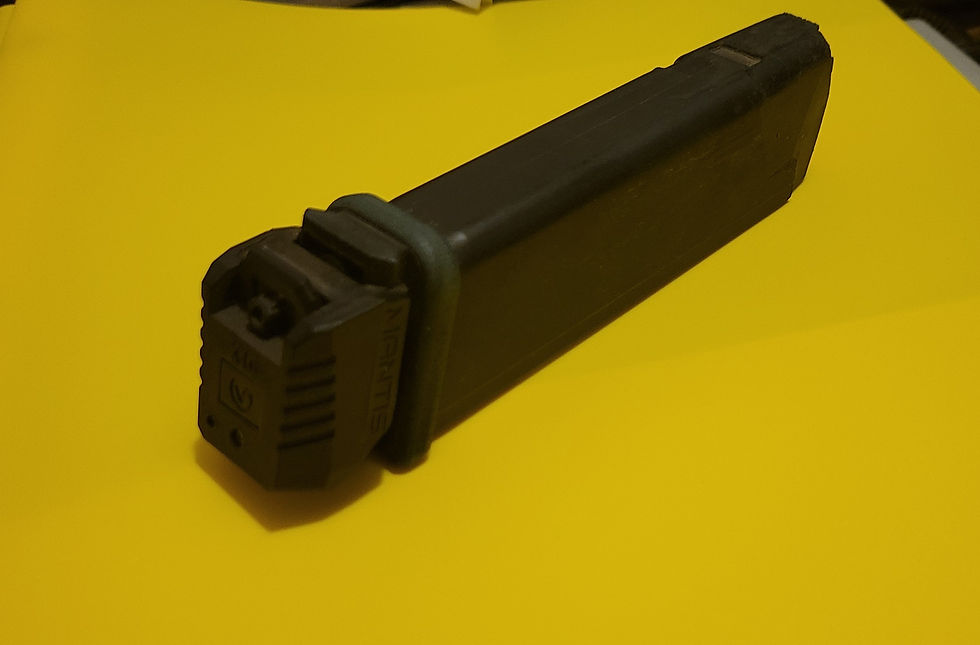Free Practice: Elevate Your Shooting Skills
- Larry Brown

- Mar 18
- 2 min read
Shooting is a skill—one that some may excel at naturally, while others need to cultivate through consistent practice. Regardless of where we start, one truth remains: regular practice is essential. But practice doesn’t always mean heading to the range. Enter: dry firing.
Safety First
Before diving into the details, let’s begin with the foundation of responsible firearm handling: the universal safety rules. These must be adhered to without exception, including during dry fire practice:
Treat all firearms as if they are loaded.
Keep your finger off the trigger until consciously ready to shoot.
Never point your firearm at anything or anyone you don’t intend to destroy.
Be aware of your target and what lies beyond and around it.
Never attempt to catch a falling gun (NAAAG’s 5th rule of safety).
To set up for dry fire practice:
Clear your firearm to ensure it is unloaded.
Choose a safe area, free of live ammunition. Ideally, this space should have a natural or structural backstop.
Whether in your backyard or within your residence, always follow the safety rules.
Your Dry Fire Plan: Practice with Purpose
After confirming your firearm is clear and your environment is safe, establish specific goals for your dry fire session. Here's how to structure your practice:
Grip Practice Work on developing a proper grip. If possible, consult an instructor beforehand to ensure you understand the fundamentals. Repeatedly establish your grip and stance from a low-ready position to build muscle memory.
Sight Alignment and Sight Picture Focus on aligning your sights and maintaining a clear sight picture. These basics are crucial for accurate shooting.
Trigger Press Emphasize pressing—not squeezing, slapping, or pulling—the trigger. The goal is to isolate the trigger finger so it operates independently of the rest of your hand.
Use tools like a rubber band or click pen to practice this isolation.
Be mindful of trigger slack, understanding that it may vary across firearms.
Aim for a smooth press that does not disturb your sight alignment or picture. With each cycle, focus on refining your mechanics and build consistency through repetition.
Track Your Progress: Tools & Techniques
Dry fire tools can significantly enhance your practice:
Mantis X System Attach the device to your firearm or magazine and connect it to the app for live diagnostics. The system provides immediate feedback on factors such as trigger finger placement, wrist movement, and follow-through. It also includes video illustrations to help you visualize and correct mistakes.
Empty Casing Drill Balance an empty casing on your front sight. Extend your firearm and go through the firing cycle without the casing falling off. This helps you refine your trigger press and wrist stability.

I like to put my Mantis on my magazine dedicated for dry fire practice.
Practice Makes Permanent
Dry firing is an accessible, daily practice that sharpens the fundamental skills essential to shooting. Just as with any sport, natural talent only goes so far—consistent practice and deliberate effort are what lead to mastery.
Get in your reps, refine your mechanics, and keep honing those skills.
See you on the range!






Good information bro!!!